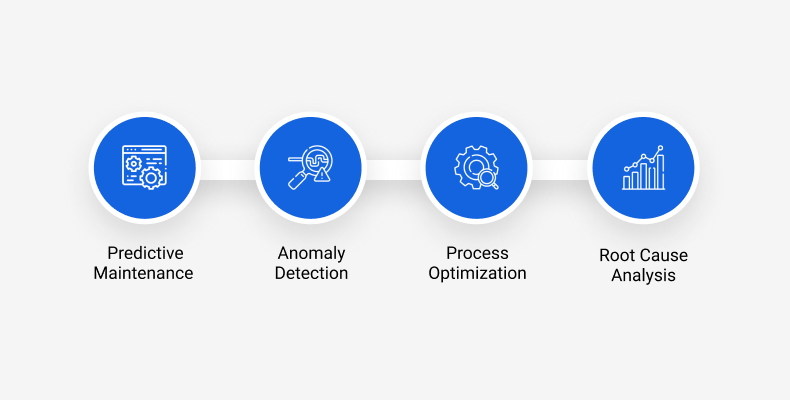What is automation monitoring?
Automation monitoring refers to the process of overseeing the automated systems that are responsible for performing repetitive tasks in a business setting. This includes tasks such as inventory management, order processing, and data entry, among others. The goal of automation monitoring is to ensure that these systems are running smoothly and efficiently, without any interruptions or errors.
Why is automation monitoring important?
Automation monitoring is crucial for businesses that rely heavily on automated systems. These systems are designed to increase efficiency and reduce costs, but they can also cause significant issues if they are not monitored properly. For example, if an automated system that manages inventory is not functioning correctly, a business could run out of stock, causing a loss of sales and revenue. Similarly, if an automated system responsible for processing orders fails, it could lead to delayed shipments and dissatisfied customers. By not having a thorough automation monitoring process in place, businesses risk losing the efficiency and profitability promised by the automated workflows.
How can machine learning be used for automation monitoring?

Machine learning (ML) can be used for automation monitoring in a variety of ways. Here are some examples:
Predictive Maintenance:
Machine learning can be used to predict when a piece of equipment is likely to fail, based on historical data. This allows businesses to schedule maintenance before a breakdown occurs, minimizing downtime and reducing costs.
Anomaly Detection:
Machine learning algorithms can detect anomalies in data, such as unusual spikes or dips, which may indicate a potential issue. This allows businesses to address the issue before it causes any problems.
Process Optimization:
Machine learning algorithms can analyze data from automated systems and identify areas where improvements can be made. This allows businesses to optimize their processes and increase efficiency.
Root Cause Analysis:
Machine learning can help businesses identify the root cause of a problem, allowing them to address it at its source. This can help prevent similar issues from occurring in the future.
What are the benefits of using machine learning for automation monitoring?
Machine learning augments the scope of automation monitoring and equips the businesses with unprecedented benefits, such as:
Improved Efficiency:
Machine learning algorithms can optimize automated systems, accelerating their workflows, enhancing end-to-end efficiency, reducing downtime, and minimizing costs.
Reduced Downtime:
Leveraging machine learning for automation monitoring facilitates predictive maintenance, that helps businesses schedule maintenance before a breakdown occurs, thereby minimizing downtime.
Improved Customer Satisfaction:
Machine learning empowers businesses to address issues proactively, i.e., before they occur, and by doing so, businesses can ensure that their customers receive their orders on time and in good condition. This leads to higher customer satisfaction.
Cost Savings:
By preventing issues before they occur, businesses can save money on repairs and replacements. Moreover, using machine learning algorithms also mean significantly reduced need for human intervention. Altogether, ML-based automation monitoring can help in substantial cost-cutting.
Conclusion
Machine learning is changing the way businesses approach automation monitoring. By using predictive maintenance, anomaly detection, process optimization, and root cause analysis, businesses can be more proactive in addressing issues before they occur. Indeed, with machine learning-based automation monitoring, businesses can unlock a bunch of benefits, including improved efficiency, reduced downtime, enhanced customer satisfaction, and greater cost savings. As machine learning technology continues to evolve, it is likely that it will become even more integral to the automation monitoring process, helping businesses to stay ahead of the curve and remain competitive in their respective industries.





